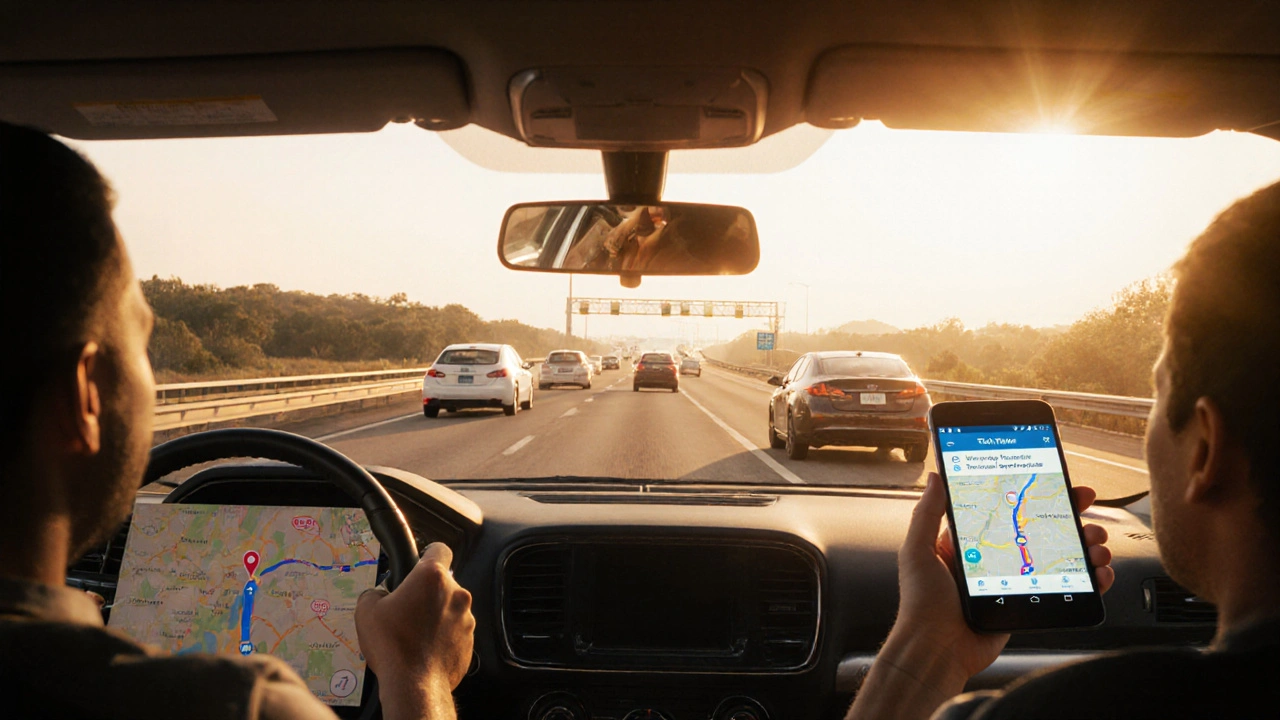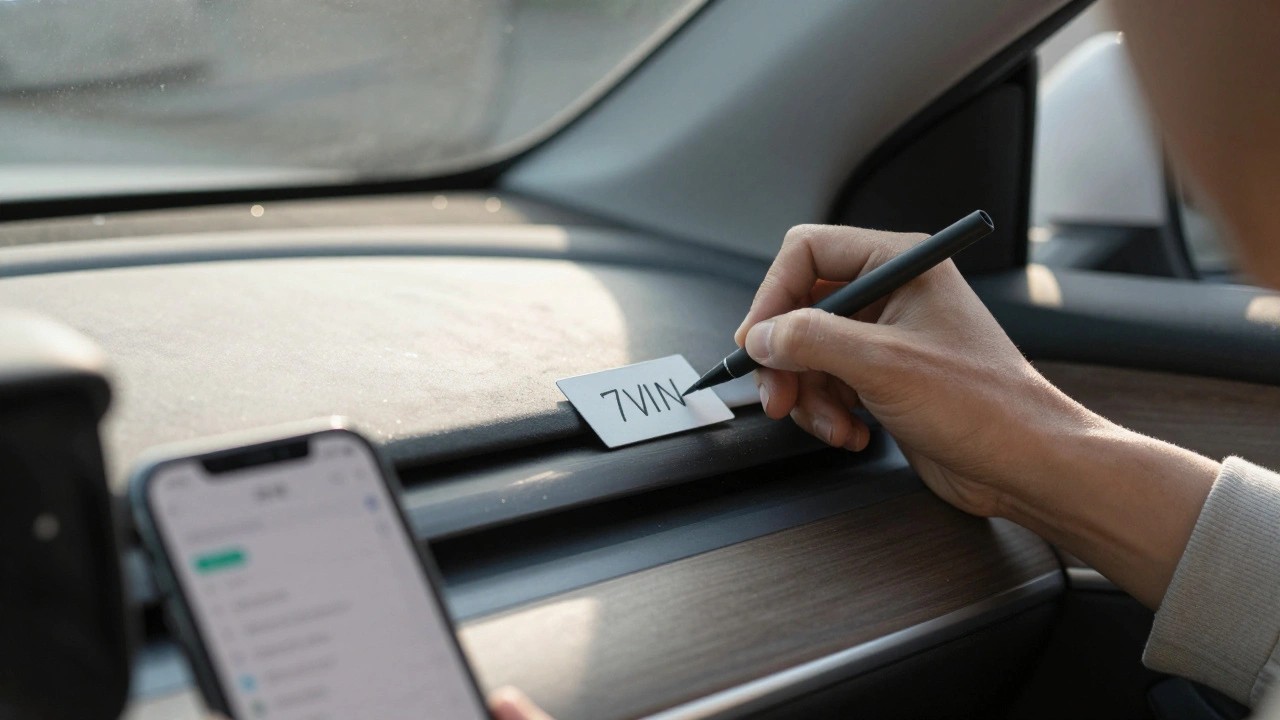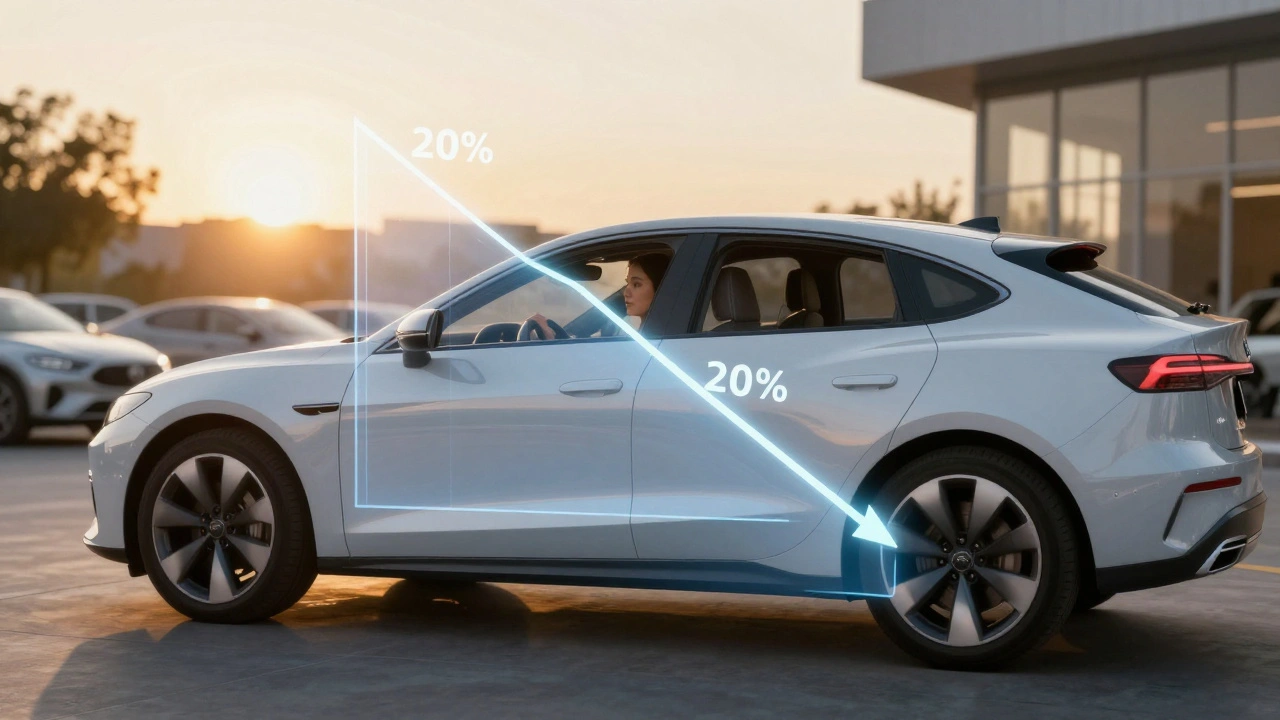Road Trip Communication: Stay Connected and Safe on the Open Road
When you hit the highway, road trip communication, the systems and methods that keep drivers connected to each other, to help, and to the outside world during travel. Also known as travel connectivity, it’s not just about having a phone signal—it’s about knowing how to use your tools before you need them. A flat tire in the middle of nowhere means nothing if you can’t call for help. A sudden medical emergency on a motorcycle ride turns dangerous if no one knows where you are. Driver monitoring, systems in modern cars that detect fatigue, distraction, or distress and trigger alerts can warn you before you doze off, but they won’t summon help unless your road trip communication setup is ready.
Think about what actually works on the road. Satellite messengers like Garmin inReach or SPOT devices send your location and SOS signals even where there’s no cell service—perfect for remote motorcycle road trips or off-grid EV adventures. Bluetooth headsets let you talk hands-free without pulling over. Group chat apps like WhatsApp or Zello keep a caravan of vehicles synced, so if someone spots a hazard or needs gas, everyone knows. And don’t forget your car’s built-in emergency systems: GM’s OnStar, Ford’s SYNC, and Tesla’s SOS buttons can automatically call for help after a crash. These aren’t luxury features—they’re lifelines. Travel insurance, coverage that protects you from trip cancellations, medical emergencies, or roadside breakdowns while traveling matters too. If you break down in a state you don’t know, insurance can cover towing, hotels, or even a rental car. But if your phone’s dead and your satellite device is in the glovebox, none of it helps.
Most people think communication means a strong phone signal. But the real issue is preparation. You need backups. You need to know how your gear works before you leave. Test your satellite messenger at home. Charge your power bank. Set up your group chat with emergency contacts. Share your route with someone who isn’t on the trip. And if you’re riding a motorcycle or driving an EV, check your battery range and plan charging stops where you can also get cell service. The best road trip communication isn’t the fanciest gadget—it’s the one you’ve practiced using, the one you know won’t fail when it counts. Below, you’ll find real guides on what gear to pack, how insurance protects you, and how modern safety tech keeps you from being alone on the road.

Route Planning for Group Drives: Safety and Communication Tips
- 10 Comments
- Oct, 14 2025
Learn how to plan safe and smooth group drives with clear roles, communication tools, and practical tips to keep everyone connected and secure on the road.




